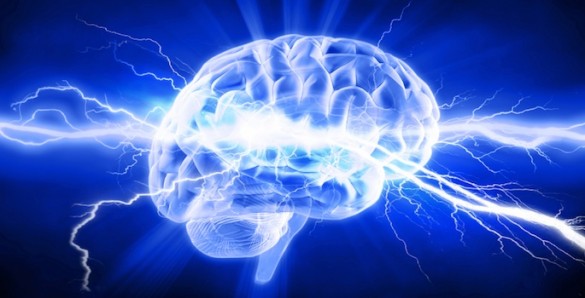by Yan Su
GABA-A receptors bind gamma-aminobutyric acid (GABA), the chief inhibitory neurotransmitter in the mammalian brain, and are composed of five subunits. Mutations in GABRG2, the gene that encodes the gamma2 subunit, have been associated with epilepsy and febrile seizures of differing severities. Some of these mutations result in a truncated or shortened form of the gamma2 subunit, but how these mutations affect protein structure and function is not well understood.
To address this issue, Jing-Qiong (Katty) Kang, M.D., Ph.D., graduate students Juexin Wang and Dingding Shen, and colleagues applied structural modeling and computational analyses to three GABRG2 mutants.
Their results, published last month in the journal Scientific Reports, showed that the mutations resulted in different stabilities and protein-protein interactions, and that the changes in protein stability were due mainly to alterations in accessible surface area and surface hydrophobicity (tendency to repel water).
Because the mutants interact differently with the remaining subunits, they may be predicted to adopt conformations that have various functional consequences, the researchers concluded.
This research was supported in part by National Institutes of Health grants NS082635, NS051590 and GM100701.
Send suggestions for articles to highlight in Aliquots and any other feedback about the column to aliquots@vanderbilt.edu















